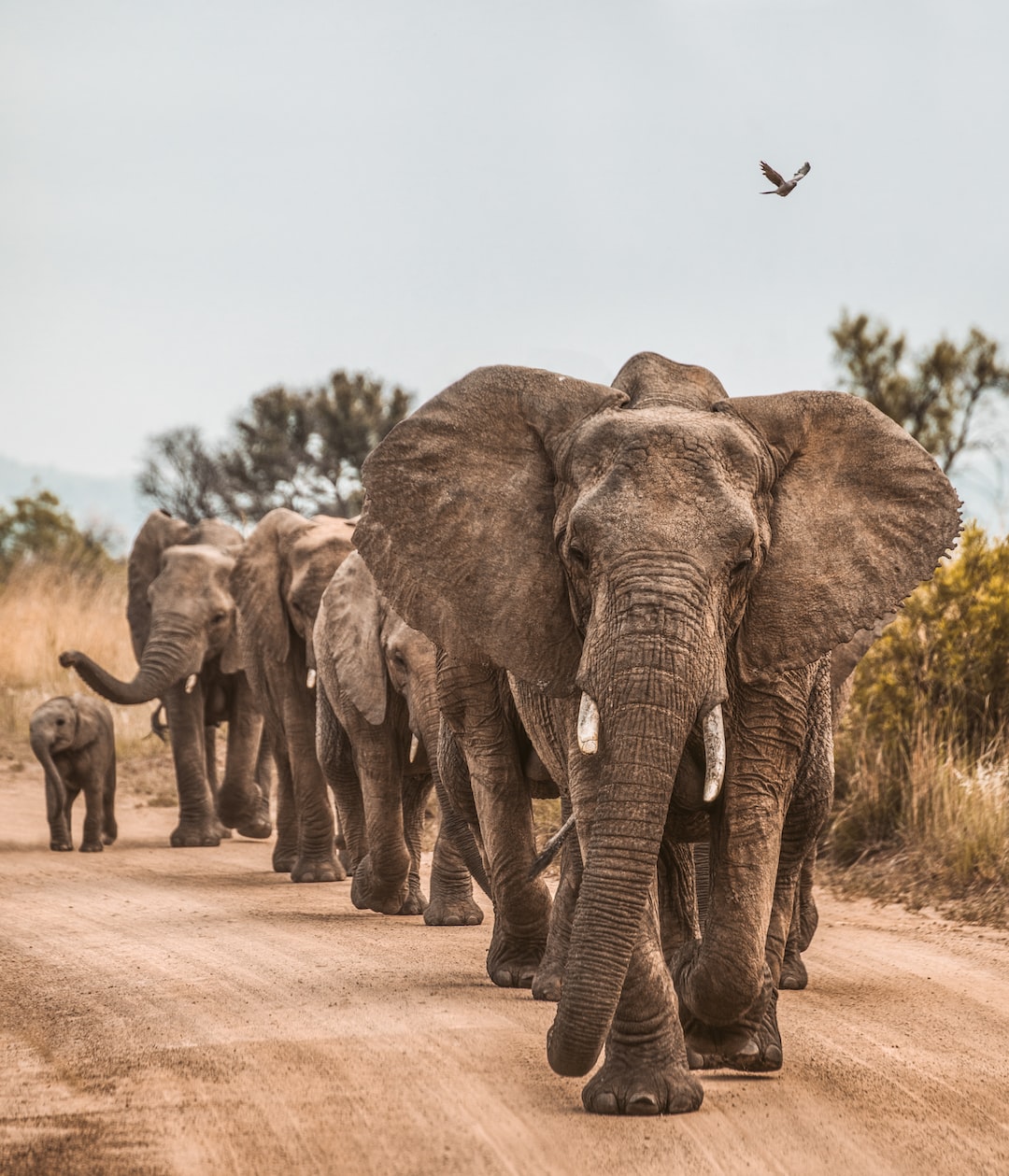The Curious Case of Animal Camouflage: How Do They Disappear in Plain Sight?
In the vast and diverse animal kingdom, there exists a variety of incredible adaptations that allow creatures to thrive in their respective habitats. One of the most fascinating and awe-inspiring phenomena is animal camouflage. The ability of certain animals to effortlessly blend into their surroundings, disappearing in plain sight, is truly a marvel of evolution. Let’s delve into the curious case of animal camouflage and explore the intriguing mechanisms behind this incredible adaptation.
Camouflage is a defensive mechanism used by animals to evade predators and aid in hunting. It is a form of adaptive coloration that allows them to blend into their environment, making them less visible to both their prey and predators. This extraordinary ability is not limited to a specific type of creature but has evolved in various species across the animal kingdom.
Many well-known animals employ camouflage as a survival strategy. For instance, the chameleon is renowned for its remarkable ability to change color, allowing it to merge seamlessly with its surroundings. By altering the pigments in their skin cells, chameleons can perfectly match the colors of nearby objects or mimic the patterns found in their environment. This incredible adaptation helps them evade potential predators, making it extremely difficult for them to be detected.
Another fascinating example of camouflage is observed in the Arctic hare. In regions covered in snow, these hares possess a white coat that helps them blend into the icy landscape, making them nearly invisible to both predators and prey. This ability to merge with their habitat provides them with a clear advantage when it comes to survival.
Animal camouflage is not solely limited to color adaptation; it also involves the ability to mimic the appearance of other objects or living organisms. This phenomenon is known as “mimicry” and is prevalent among numerous animals. The walking stick insect, for instance, possesses a body shape and coloration that closely resembles a stick or a leaf, allowing it to seamlessly blend with its surroundings. This deceptive appearance provides them with a remarkable defense against predators that would otherwise devour them.
Additionally, there are animals capable of blending into their environment by altering their physical characteristics. The flounder, a fish found in shallow coastal waters, possesses the incredible ability to change its skin pigmentation and body shape to match the patterns of the ocean floor, such as sand or rocks. This adaptation allows the flounder to effectively disappear from the eyes of potential predators, contributing to its survival.
The ability of animals to disguise themselves is not only fascinating but also crucial for their survival. Predators are less likely to detect their prey if they cannot distinguish them from their surroundings, regardless of their size or hunting skill. On the other hand, prey can better avoid being detected by predators with camouflage, increasing their chances of survival.
Furthermore, the diverse range of camouflage strategies employed by animals shines a light on the ingenuity of evolution. The evolutionary pressure to survive and reproduce has driven animals to develop increasingly sophisticated adaptations, pushing the boundaries of what seems possible. From changes in coloration to mimicry and physical alterations, each adaptation is a testament to the incredible complexity of the natural world.
Studying animal camouflage not only feeds our curiosity about the natural world but also provides valuable insights for various scientific fields. For example, scientists have drawn inspiration from nature’s camouflage techniques to create innovative technologies, such as camouflage clothing that can change colors to blend with the wearer’s surroundings. Understanding the mechanisms behind animal camouflage may also inform conservation efforts by enabling us to better protect endangered species that rely on this adaptation for survival.
In conclusion, the curious case of animal camouflage presents an awe-inspiring array of adaptations within the animal kingdom. From the impressive color-changing abilities of chameleons to the mimicry skills of walking stick insects, the natural world boasts an incredible range of camouflage strategies. These adaptations serve as a testament to the marvels of evolution and provide insights that can advance various scientific disciplines. As we continue to explore the wonders of the animal kingdom, let us appreciate the beauty and ingenuity behind the disappearing acts of these remarkable creatures.

